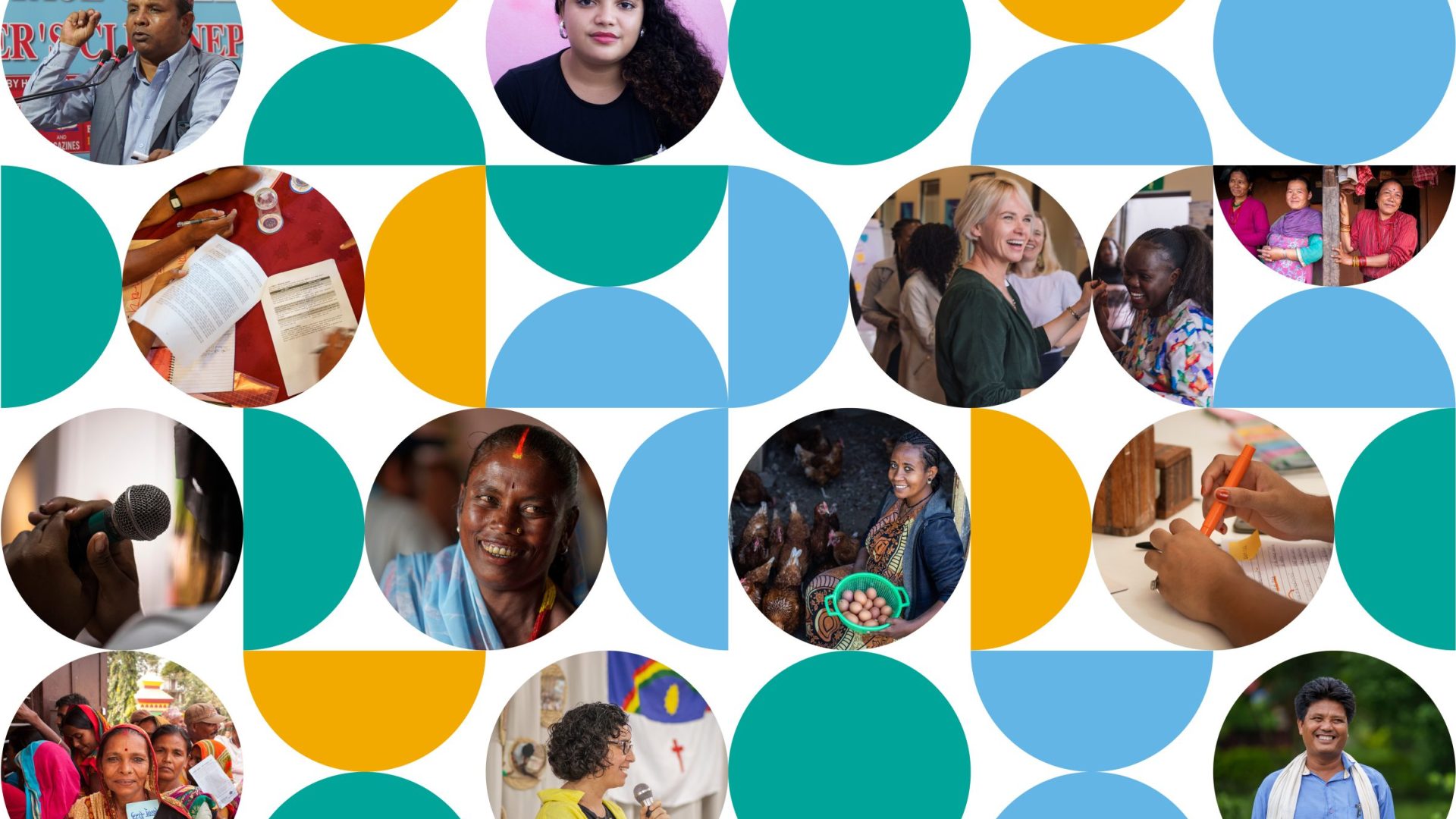
Grantee Risk Assessment & Mitigation Strategy Form
A form to help grantee partners evaluate and respond to risks

With the right tools and mindset, you can embrace challenges as part of the funding process.
It’s time we reframe the many misconceptions around the word ‘risk’, as they can prevent funders from effectively partnering with frontline groups.
In the world of finance, the word ‘risk’ is commonplace, and its management is assumed to be an unavoidable part of the investment process. We should apply this to our understanding of grantmaking, too. Grants are both relationships and investments, and will always come with an element of risk for both the donor and grantee.
Yes, sometimes things don’t go as planned, and yes, sometimes organisations engage in harmful, corrupt behaviour. But this is true across all industries and organisation types, in every part of the world. With the right measures in place, this is a reasonably rare occurrence – and when you are funding a broad portfolio of organisations, any fraud or misconduct that takes place will ultimately make up a very small portion of your funding.
In conversations about risk, it’s also important to consider the risks that we as funders might pose to grantees — whether that’s financial, reputational or political. Ask yourself: ‘Could this statement or action put a grantee in danger or compromise their efforts?’ This makes the intentional building of trust all the more critical.

Laura, Freedom Fund Safeguarding ManagerThis is what we should be striving for as funders - open, honest partnerships that allow us to navigate real world challenges together.
We believe that the power and potential of grassroots organisations to enact change far outweighs the risks of funding them – especially with the right mitigation measures in place.
Before awarding grants, the Freedom Fund conducts due diligence on each organisation we fund – proportional to the grant amount – and our technical assistance providers assess potential partners against mandatory minimum standards in legal, governance, finance, HR, safeguarding, project management, and community relevance and credibility. The benefit of our clustered hotspot model is that it enables us to do this efficiently at scale.
We ask our grantee partners for regular financial reports and conduct periodic financial reviews to verify that transactions are supported by appropriate documentation. Our locally-based Program Advisors also play a critical role in ensuring partners remain accountable to communities; they check in regularly with community members and program participants and serve as a point of contact for anyone who has concerns about fraud or misconduct. Their proximity and long-term relationships with our partners enable the development of trust and mutual accountability.
Funders often run into challenges surrounding the actual transfer of funds, particularly in places where the government is cracking down on foreign funding and human rights activists are at risk.
Most importantly, remember that navigating regulatory challenges is simply a cost of doing business for frontline movements globally. In fact, in many cases, the whole point of frontline activism is to challenge existing regulations, norms, institutions and laws. As funders, we need to think creatively about how to do this and take on that work without viewing it as a burden or a waste of time.
We work hard — and creatively — to ensure our funds can reach as many of these organisations and regions as possible, while safeguarding our charitable status.
First and foremost, we prioritise our partners’ safety and follow their lead when it comes to security. Some grantees are working on things their government doesn’t want to talk about. Where appropriate, we help them reflect on and find ways to communicate the links between their work and the government’s priorities.
We aim to establish strategic local relationships or fund through an intermediary who has them. We’ve learned from our successes and challenges and have built a broad alliance of global partners who help us get funding to the frontlines.
We maintain strong relationships with other funders who support frontline groups and seek their advice when needed. Often we are experiencing the same challenges in specific geographies and can strategise together.
In areas of significant surveillance, we consider using alternative communications platforms, rather than email, to keep information protected.
The practice of ending partnerships doesn’t get enough attention in philanthropy. However, if you don’t exit thoughtfully, you risk significant backsliding of the impact you have enabled, and this can undo decades of trust and progress.
As much as possible, the decision to close down an area of funding should be evidence-based. Early on, it’s crucial to establish a set of well thought through criteria that will enable consistent and transparent decisions and account for the impact of a potential exit on partners and communities.
We are guided by our exit strategy, which helps us to close grantmaking programs in a manner that minimises harm to partners and communities and aligns with our values of transparency and respect. We always give at least one year of notice to partners, but aim for longer whenever possible – with the exception of situations where external factors give us no choice but to cease funding.
We also aim to ensure we have sufficiently supported the organisational strengthening of our partners so they can sustain their work and secure other funding. For this reason, our grants rarely constitute more than 30% of an organisation’s annual budget. We also help partners with resource mobilisation, which might involve providing fundraising training or introductions to other funders.
There has been a significant reduction in the prevalence of modern slavery in the target geography.
There has been a step-change in the strength and sustainability of civil society, including in their organisational infrastructure, ability to work together, and ability to self-sustain through other funding sources.
There has been a significant change in the practices of government or business — or the policy and regulatory environment in which these actors operate — such that a key part of the system underpinning modern slavery has shifted.
We have identified well-evidenced intervention models that are known to be successful at scale, or have the potential to be scaled, so that others can carry them on after we have ceased funding.
Sometimes we are forced to exit from a hotspot due to unforeseen circumstances, such as threats to civil society that pose outsized risks to us or our partners or a conflict that makes funding untenable.
In situations of conflict, we continue to fund partners if possible, while being flexible to their needs and weighing all the variables. When the continuation of funding just isn’t possible, we work closely with partners to exit as smoothly as possible and try to help them secure other sources of funding.

A form to help grantee partners evaluate and respond to risks

Our code of conduct and other safeguarding documents

Our principles of responsible exit